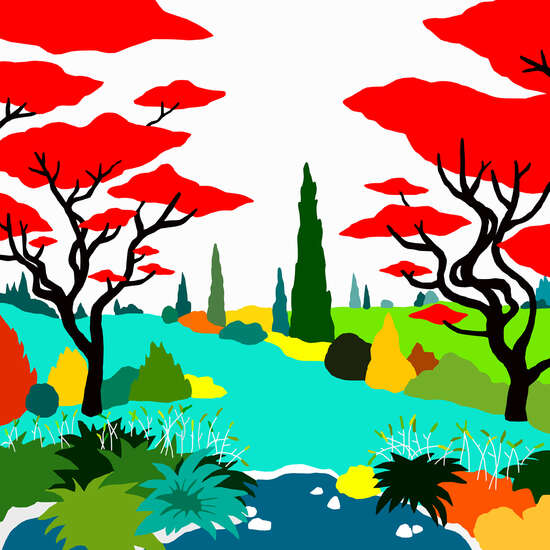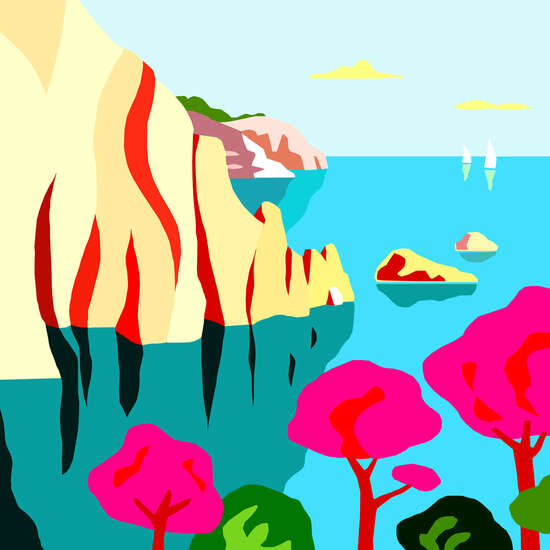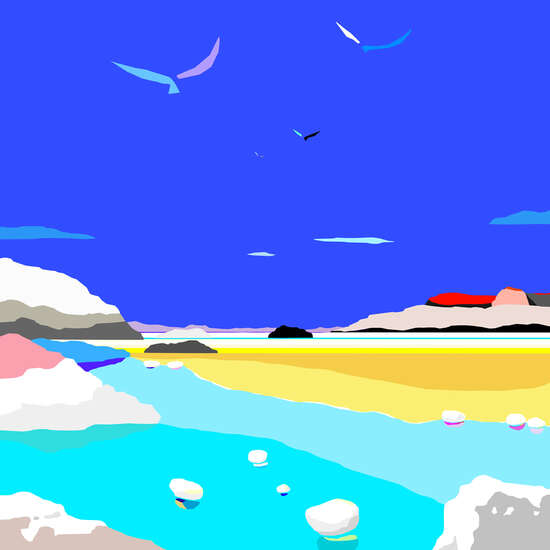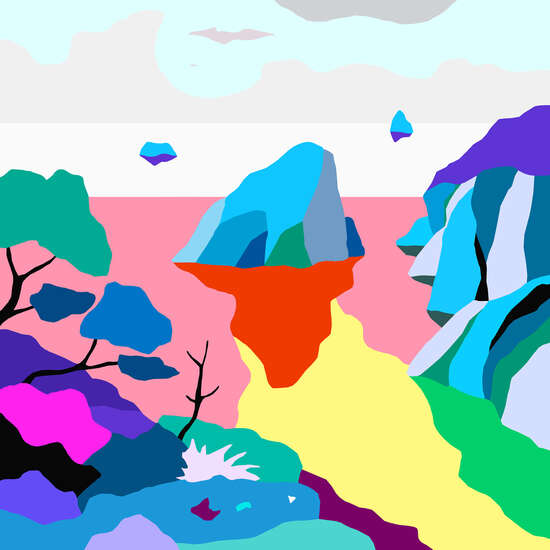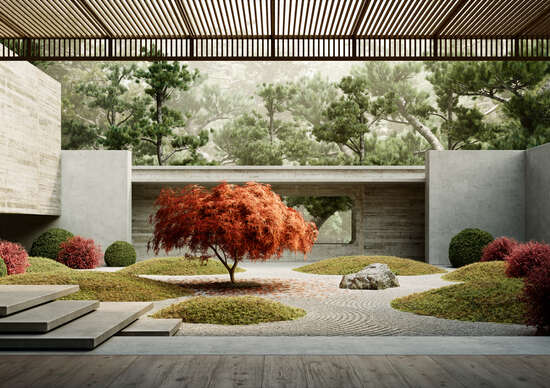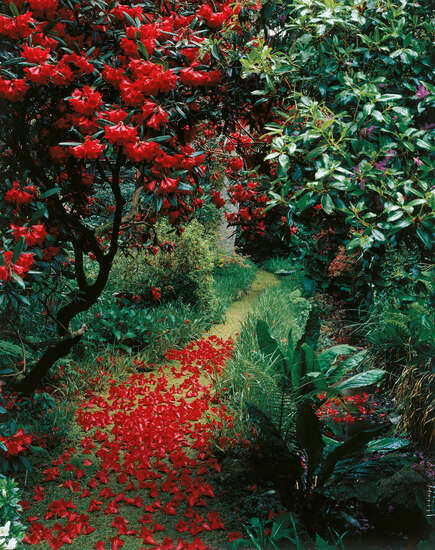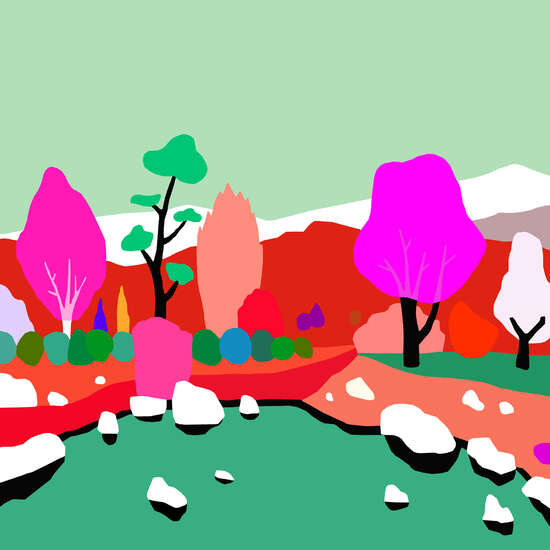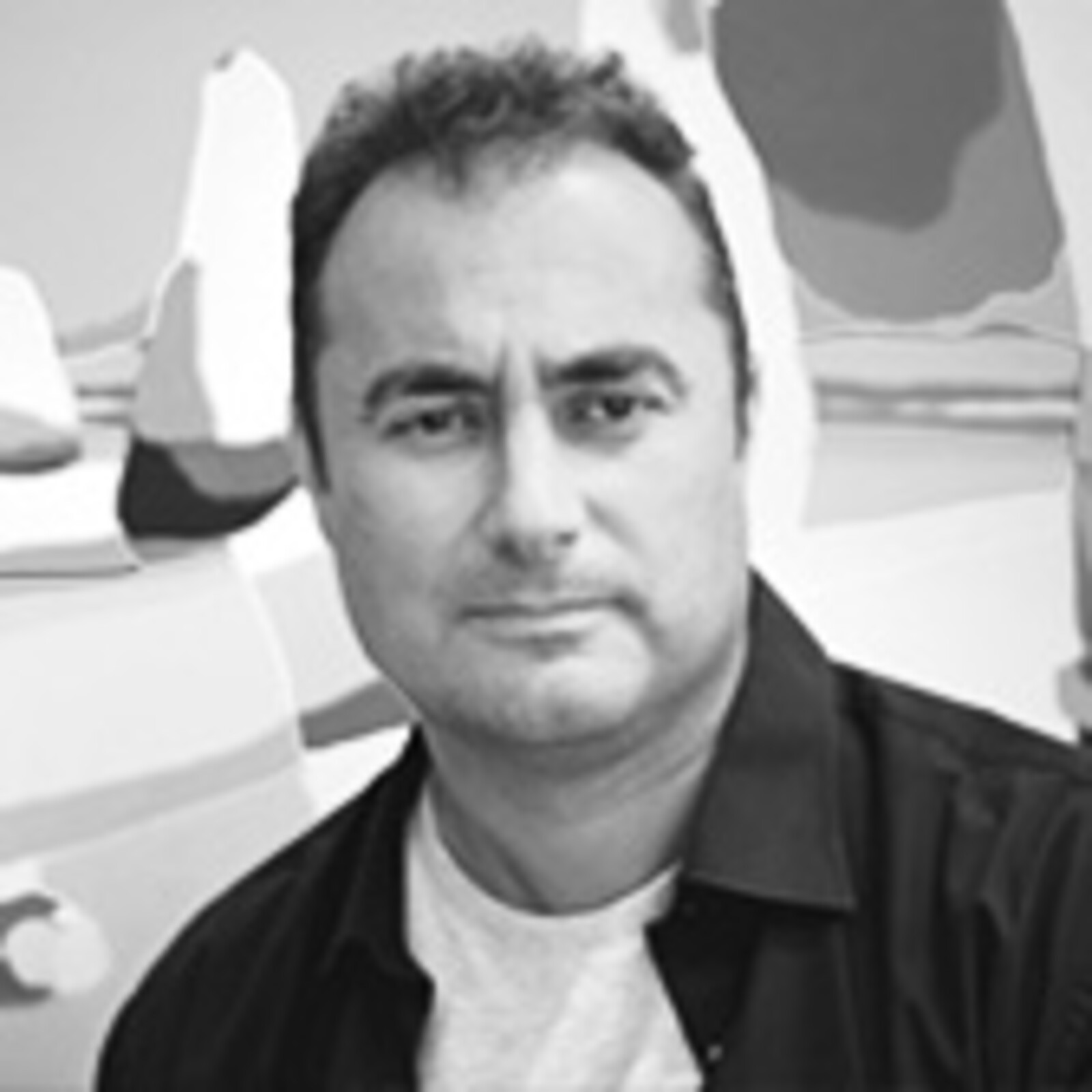READY TO HANG
Out of the box, all LUMAS artworks are ready and easy to hang.
SECURELY PACKAGED
LUMAS works are always packed to the highest standard to make sure it arrives as perfectly as it leaves us.
ARTIST SUPPORTED
Your purchase supports the free and independent work of your favorite artist.
14 DAY RETURNS
Easy 14 day returns to make sure you are satisfied with every purchase.
BACKGROUND INFORMATION
The painter and digital artist Alejos Lorenzo Vergara’s “Dream Landscapes” provide a surreal window on to the Spanish countryside. The works are unique expressions of Alejos visions, incorporating elements of his native Galicia and entirely invented features. To create his ethereal compositions, the artist draws inspiration from nature as well as music, art and film. His art balances local and personal elements with universal themes of community, environment and compassion. Rich in symbolism and implied narrative, Alejos works invite us to take a step forward, to envision a new world, a dream world.
Alejos Lorenzo Vergara has been fascinated with painting since his childhood. He reached a turning point in his life when he discovered the surrealist works of Dalí, Tanguy and in particular, André Breton’s Surrealist Manifesto. Influenced by both the visual style of the early surrealists as well as their socially conscious outlook and focus on collective activism, Alejos seeks to create art that uplifts and benefits the people around him.
As a painter, Alejos is entirely self-taught, drawing on a wide range of styles and movements to create something evocative yet entirely unique. A constant innovator, Alejos has exhibited pencil sketches, acrylics, oil paintings and digital artwork in a constantly-evolving career. His exploratory nature and sense of fun is palpable throughout. From the flat colors of pop art to impressionist brushstrokes and the bold composition of Japanese ukiyo-e works, Alejos multifaceted influences reflect a lifetime fascination with art, regardless of era, medium or nation. At once referential and deeply personal, his paintings are borne from a simultaneous desire for external connection and internal self-reflection.VITA
Born in Galicia, Spain in 1975, Alejos learned to draw and paint in early childhood. He studied and worked in interior design before beginning his career as an artist, after being inspired by Breton’s Surrealist Manifesto. Entirely self-taught, Alejos continues to innovate with medium and genre. His growing portfolio of internationally-exhibited works includes acrylics, oils, murals, and digital paintings.INTERVIEW
Picasso once said, “you don’t make art, you find it.” Where do you find your art?
For me, art is life made manifest. Art is the language with which artists communicate and interpret the world around us, in my case through painting. I believe that we are surrounded by art, both in nature itself and in the works we create. Life guides our attention, whether subconsciously in dreams or consciously while creating new artworks. Inspiration can strike me at any moment and in any situation: while sleeping, eating, watching television, playing with my children, and so on.
From an idea to its materialization: How do you approach your work?
I believe that inspiration comes from sensations, rather than-fleshed-out ideas. These can be small details that attract my attention, or broader feelings I experience when contemplating a sunset or walking in a forest, for example. It starts with an initial stimulus that suggests something to me. I feel the need to shape and share this idea, to make it real. This is the ways I see my work: not as a job, but as way of navigating life by telling stories through a visual language. This language does not resemble spoken ones between people, but rather a shared language between humans and nature – I see it as my duty to give these ideas a visible form and share them with others.
What is your favorite book?
My favorite book, together with the rest of his works, is the Surrealist Manifesto by the writer, doctor and founder of surrealism André Breton. It opened my mind to a path that I had only ever previously sensed, namely the interpretation of dreams. In my case, however, I feel like what I do is more of an interpretation of life through a process of “psychic automatism”.
Which artist would you like to have coffee with and what would you discuss?
I’d like to speak to André Breton about surrealism, the importance of the subconscious in daily life and its relationship to intuition and artistic inspiration. I’d also love to speak to the musician Mike Oldfield about nature, music and painting, a subject I know he is passionate about.
How did you get into art?
Even as a child, I dreamt of being a painter. I liked what it represented – the idea of creating a visible dialogue with life and engaging with things you love. I was passionate about a children’s TV show in which a cartoonist would tell stories and illustrate them as he told them. My grandfather’s bar was frequented by painters and draftsmen who saw my talent and encouraged me from an early age. Painting has always been something innate for me: I have always done it my way, learning techniques when I want to, and progressing in an organic, natural manner. That’s why I’m self-taught. I never wanted to study but had to do so due to an economic crisis in my city. I enrolled in a technical architecture degree, specializing in interior architecture and furniture design. I never stopped painting, though. I have now been painting and drawing for over 40 years, though it only seems like days to me.
Who are the people in your surroundings that influence you?
I am greatly influenced by my family and the support they give me, both on a day-to-day basis and when I quit my job to paint full-time – this move wasn’t a conscious decision so much as a vital and essential need. I’m also influenced by the musicians I listen to. Of course, they’re not physically present with me, but it feels at times as if they are. Music is like my battery. If not for nature and music, both old and new, I think my paintings would be completely different.
Imagine you have a time machine. Where would you go?
The truth is that I am happy with the time I live in, despite the bad times I’ve been through. I don’t think I would change anything about my past except for losing my father when I was fourteen. If I could travel back in time, I would like to be able to tell my father what my present is like now.
Other than art, what are you most passionate about?
I am passionate about many things, but my day-to-day life is dedicated to my family and painting. Other than that, I have long been interested in computers, playing sports (more so than watching them), and spending time in nature – in Valdoviño, with its lagoon and the Frouxeira beach, as well as Doniños and my hometown of Ferrol.
What are you working on right now?
I’m excited to share a new technique I’m working on where I apply paint directly to a layer of sand – similar to painting or graffiti on the walls of a building, but for works that can be removed and displayed indoors. I believe that the language of art evolves over time. As life goes on, you have new experiences, both positive and negative. Your artistic language then adjusts to these experiences.
I’m currently finishing a series of 20 works that are going to be exhibited through various hospitals in Spain for a non-profit organization. I think that art should be utilized where it can be most useful and be of some help, such as cheering up those who are going through bad times. It’s a comforting to be able to help others, even if only in a small way. I believe that now more than ever, art should be a light that guides our way.


